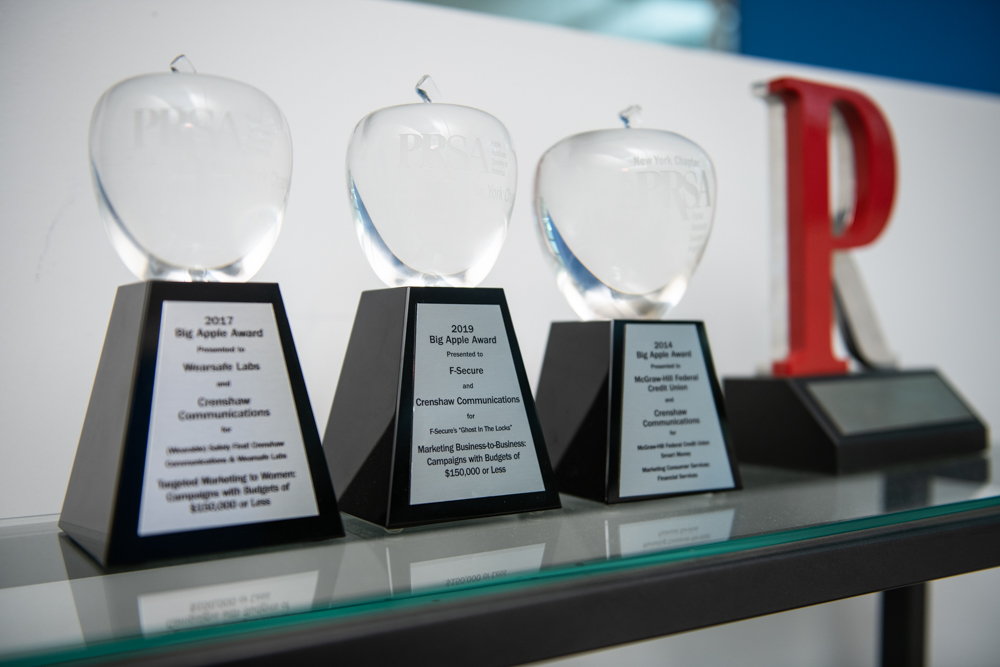I’m a late convert to B2B public relations. That’s probably because I started my career at consumer marketing PR agencies and enjoyed the work immensely for many years. For young practitioners especially, it’s heady to have bragging rights about working with brands like Starbucks, Apple, or Netflix. For many firms, consumer marketing work typically offered lower margins, and the PR budget for consumer marketing was at the end of the brand food chain, but the glamor factor made up for that, or so we thought.
But in recent years my team and I have found B2B PR work to be exciting and profitable, particularly in key sectors. That’s mostly due to the prevalence of high-growth technology players, who move fast and are extraordinarily collaborative as clients. But it’s also because B2C work has changed. The rise of Direct-to-Consumer brands was a big factor in the shift. The Caspers and Harrys of the world relied more on a strong brand persona, aggressive performance marketing, and paid influencers than traditional earned media or sponsorships. There will always be specialist agencies to partner with such brands, but PR firms don’t typically win the lion’s share of the work. Then there are the cutbacks by key players like P&G, the world’s largest brand marketer. Meanwhile, B2B public relations budgets have boomed.
As Arun Sundhaman writes in PRovokeMedia, “With consumer clients becoming increasingly focused on the per dollar value of their investment, budgets tightened, highlighting consumer PR’s profitability issues versus higher-margin areas such as healthcare and B2B. More than one PR agency leader told me that the consumer boom had ended at least 12 months prior to Covid’s emergence.”
I’m not predicting the death of consumer PR, or consumer PR agencies, but there are good reasons why B2B PR is a win for all stakeholders. Here’s how I learned to stop worrying and love B2B work.
B2B Public Relations boosts SEO
Even major B2B categories are likely to be narrower than large consumer product or services industries, so they lend themselves to “long-tail” search terms. Those more specific keywords like “price optimization software” or “ad tech companies NY” get fewer searches but have a high conversion value. They are therefore far easier and less expensive to own, and a typical B2B PR agency team will focus its content on those terms. The result is a fairly effortless boost in organic search terms by likely sales prospects.
Quality content conveys expertise
The typical B2B sales cycle is lengthy and the cost of customer switching may be high – think data storage, logistics, or business financing. A solid B2B public relations program offers ample tactics for a brand to educate its customers and convey its expertise through business conferences, content like bylined articles and white papers, customer seminars, and the like. This type of “soft sell” offers both positive visibility and credibility in the minds of customers who hold the business budget pursestrings.
Industry thought leadership is a differentiator
In a sea of sameness, the “thought capital” offered by a given B2B brand can be a powerful differentiator. Leaders who offer compelling ideas and opinions about trends, common customer problems, and emerging opportunities will naturally attract positive attention, and with it, prospects. Company stability and reputation are also key to a business purchase. The buyer isn’t forking over his own money for a PC or a car lease; he’s buying with corporate funds, and any problems may reflect poorly on his performance. Business reputation counts.
PR promotes customer success stories
Testimonials or reviews are powerful for any product category. But in a specialized vertical like business banking or HR software, a trade testimonial offers extra credibility. A published case history about a company that cut costs, grew the bottom line, or boosted morale after investing in that new software is more believable than an anonymous review. That type of case history is likely to be a staple of any good B2B PR content program, and its SEO benefits can last for years.
B2B budgets are wildly efficient
In my time working with top B2C brands, admittedly a golden age of consumer marketing, the PR budget often included sexy elements like big sports sponsorships or deals with celebrity endorsers who were sometimes available for media interviews. It was fun and exciting work, but often not very original. Sometimes we felt we inherited scraps from the marketing campaign – big scraps, to be sure, but that can limit creativity. More importantly, those budgets are available only to top consumer brands. The B2B world is a bit more democratic. No one’s trying to sponsor the Olympics here. B2B programs have a narrow focus, so most PR budgets work harder than those in a broad category like food and beverage. PR programs will vary widely in size and scope, but a hard-working PR B2B budget might come in at half the cost of a comparable program for a consumer product. When it comes to earned media outreach in particular, there is usually a finite universe of journalists and producers who cover a particular category, so the PR staff’s time is used efficiently and well. Moreover, a good agency team will be familiar with the key players in a smaller media community, which saves time and traction when it comes to placing news of a new product or key corporate development.










